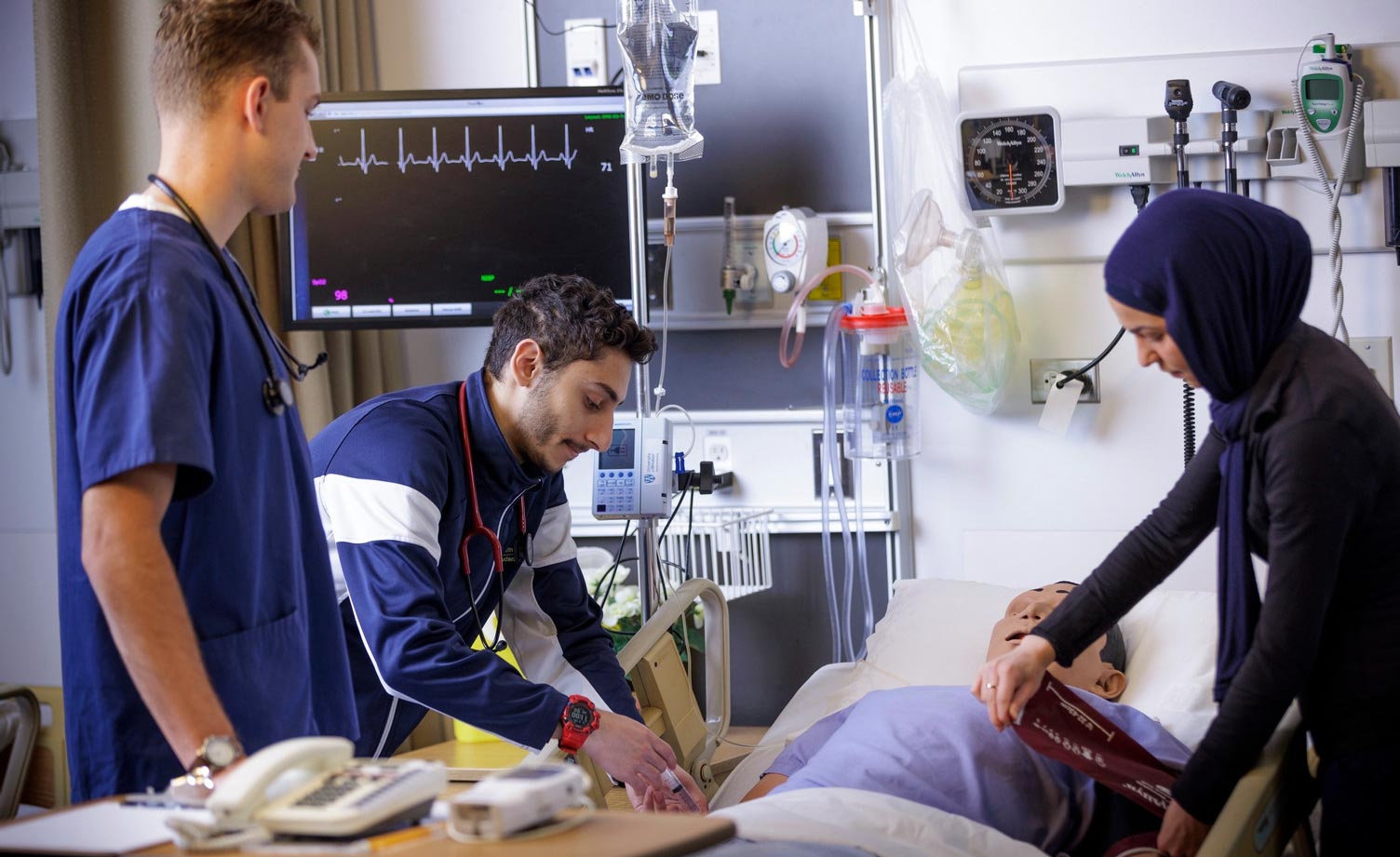
In nursing science, simulation is used for teaching theoretical and clinical skills, while focusing on the promotion of the clinical judgement of students (Koukourikos et al., 2021). Simulation enables students to work in an environment closely resembling that of a hospital and helps them to gain healthcare and nursing experiences, even before they start working as professionals. The students are able to put everything they have been taught into practice, cope with any difficulties and problems, and even make mistakes without causing damage, and all that in a safe environment, without any risk whatsoever for patients.
Reference
Koukourikos, K., Tsaloglidou, A., Kourkouta, L., Papathanasiou, I. V., Iliadis, C., Fratzana, A., & Panagiotou, A. (2021). Simulation in Clinical Nursing Education. Acta informatica medica : AIM : Journal of the Society for Medical Informatics of Bosnia & Herzegovina : casopis Drustva za medicinsku informatiku BiH, 29(1), 15–20. https://doi.org/10.5455/aim.2021.29.15-20
Nursing students in all four years of the BScN and Nurse Practitioner programs are provided with opportunities to engage in simulation scenarios. These simulated patients talk, breath, have lung, heart and bowel sounds and are physiologically modelled to respond to treatment and medication as would a real patient. When it is perceived as a patient, a manikin can give nursing students a realistic experience of what it means to think and act like a nurse. Consequently, this realism lets students practice and acquire relational, communicative, and collaborative nursing skills. Simulation experiences promote quality safe patient care and close the gap between theory and practice.
The simulation lab uses a team of registered nurses that have strong clinical backgrounds as well as expertise in simulation education. Peer mentors work with the simulation faculty, together the team provides students with a learning experience excellence.
- “I felt the simulation was a great learning experience. The rapidly changing patient condition allowed us to use our critical thinking skills. It was wonderful!!”
- “This experience was extremely valuable as it really incorporates our theory into a very realistic practice scenario. Good to evaluate our level of patient care, team work and problem solving skills”.
The simulation experiences have also benefited our graduates once they are in the workforce. A testimonial received attests to this fact:
- “I just want to thank you for the simulation experiences at the University of Windsor. I am working in a step-down unit that cares for patients with cardiac problems. When caring for these patients, I often think back to the simulation scenarios of the patient with chest pain and a scenario where the patient has a cardiac arrest. Both simulation scenarios have helped me to make better clinical decisions about my patient.” Rachel, BScN graduate 2019
Simulation Lab Locations
The Simulation lab for the Faculty of Nursing is located on the 3rd floor in the Dr. Murray O’Neil Medical Education Centre. A simulation suite is also located on the second floor of the Anthony P. Told Health Education Centre.
For more information, please contact:
Dr. Debbie Rickeard
Experiential Learning Specialist
Faculty of Nursing
Room 3124 Medical Education Building
T: 519.253.3000 x4993
E: rickeard@uwindsor.ca
or
Prof. Amanda McEwen
Experiential Learning Specialist
Faculty of Nursing
Room 3126 Medical Education Building
T: 519.253.3000 x2248
E: amcewen@uwindsor.ca
